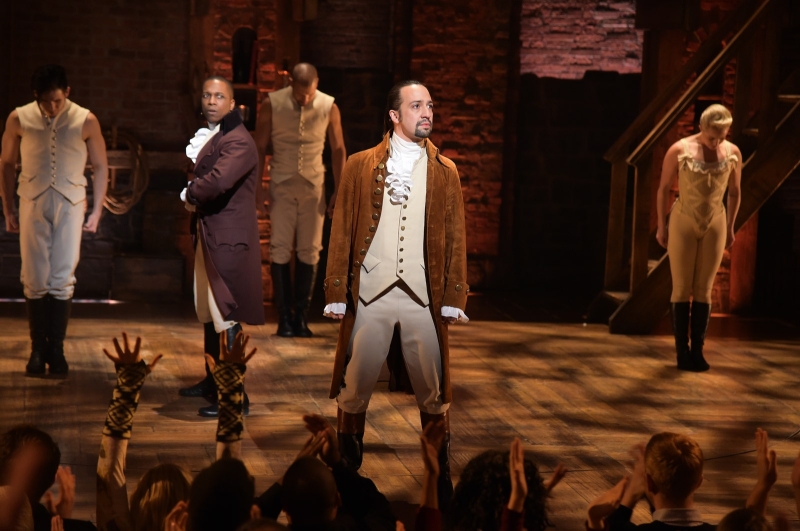Contents
Though the 2010s aren’t too far behind, a look back reveals how much things have changed—especially in fashion. The single most impactful 2010s fashion development did not come from Milan, New York, or Paris, but from Silicon Valley. We’re talking about Instagram.
For much of history, sartorial innovations have had to do with advancements in textile technology or with new silhouettes that suddenly exaggerated or revealed certain parts of the human form. (With nylon came the faux silk stockings of the 1940s; with spandex came the stretch jeans of the 1970s. The 1950s brought us conical bras; the 1960s brought us miniskirts; the 1980s brought us padded shoulders.) Very few fashion milestones have had nothing to do with fashion—that is, until Instagram was born.
Now everyone has an audience! Dressing for Instagram meant wearing statement-making pieces that photographed well. It also led to a rise in fast fashion, as those posting about their style needed a variety of trendy pieces for an endless parade of outfit-of-the-day shots. If an ensemble looked good on camera, did it really matter if it wasn’t the highest quality? No one will know!
This decade also included the casual-ification of fashion with athleisure (the word was added to the dictionary in 2015) and streetwear (Louis Vuitton’s collaboration with Supreme cemented the genre’s place in high fashion in 2017), but lest we forget, there were also plenty of ways to dress up in the 2010s. The operative word being up, of course—sky-high platform pumps were the dominant shoe, and they were worn with peplum dresses and pencil skirts. Fashion is a pendulum that swings back and forth.
A brief fashion history lesson of the 2010s below.
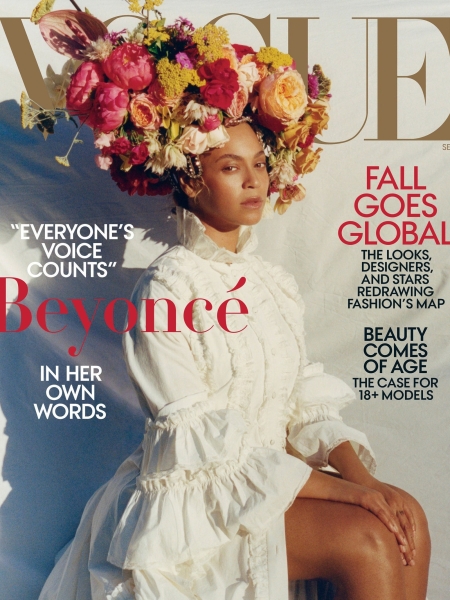
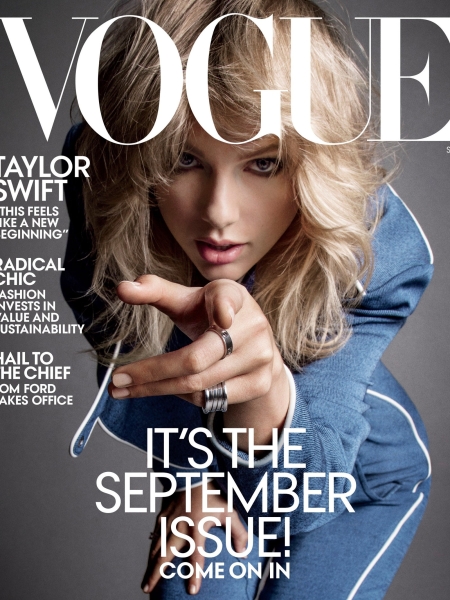
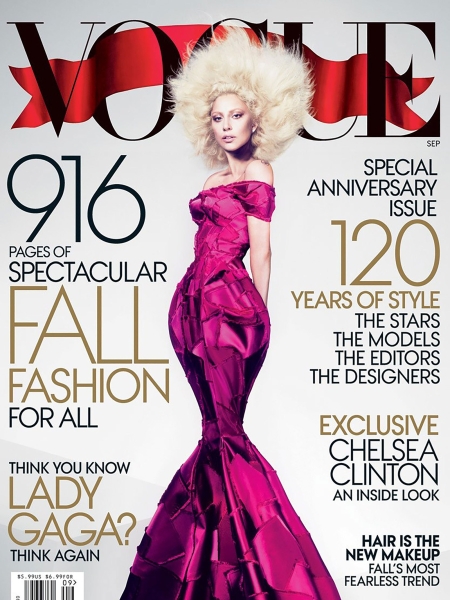
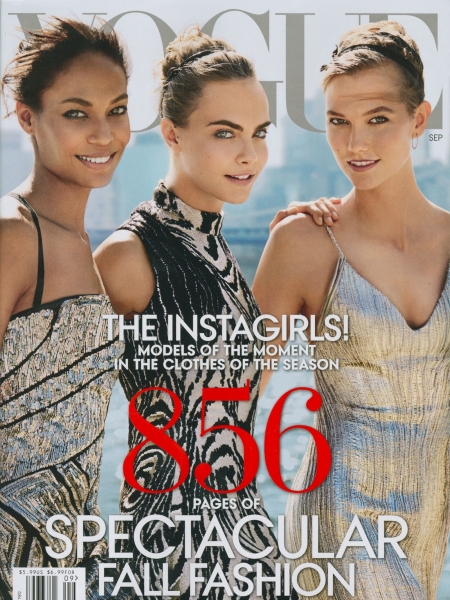
Women’s Trends of the 2010s
Insta-style: Dressing for “the ’gram.” Like time, fashion ticks along. It’s always moving forward, but there are moments when fashion makes quantum leaps toward the future with breakneck speed, and a whole new direction is set.
With the social media app’s arrival in 2010 came rapid-speed visual communication between fashion lovers, brands, and customers. Suddenly, trends and new fashions could be disseminated like never before.
If New York’s fashion set used to get dressed for Bill Cunningham (the street style photographer passed away in 2016), they were now getting dressed for “the ’gram.” In the late aughts, fashion bloggers were on the rise, and after Instagram’s launch, they immediately adopted the app as their main platform. The Blonde Salad, the Man Repeller, the Style Bubble, and Gary Pepper Girl (as they were known on their blogs) eventually rebranded on Instagram to Chiara Ferragni, Leandra Medine Cohen, Susie Lau, and Nicole Warne, respectively.
Few could help themselves from peacocking for the cameras, and the trend of documenting outfits on Instagram coincided with a rise of maximalist, color-packed, power-clashing getups. The way an outfit was uniquely styled was as important (if not more so) than the brands that were worn.
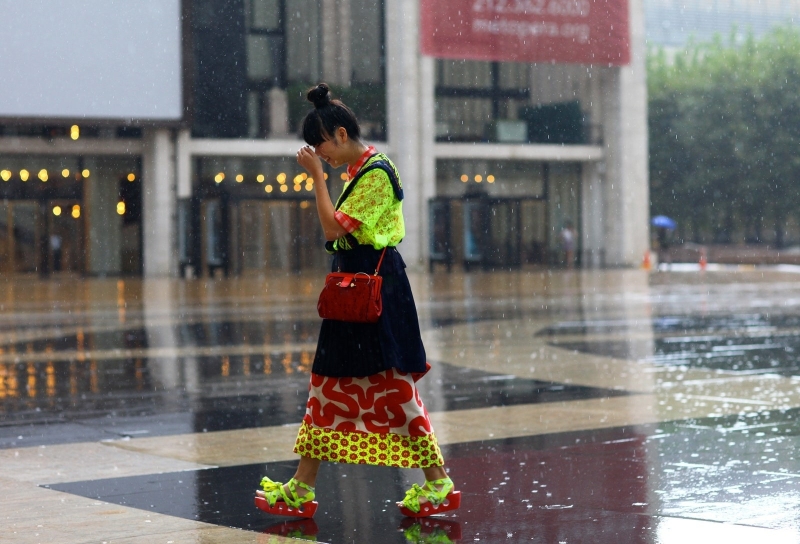
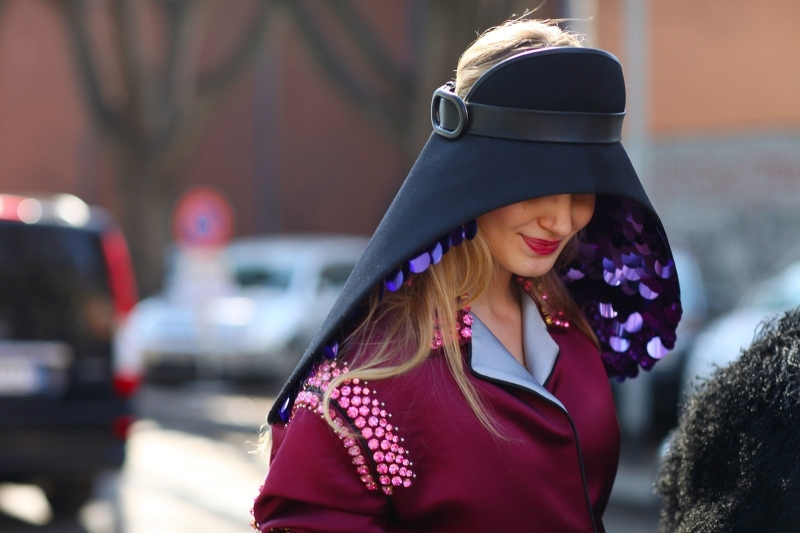
Stacked Shoes: The Armadillo and the Platform Pump
The decade kicked off with fashion followers in a completely beguiled state; Alexander McQueen’s last runway show, spring/summer 2010 known as Plato’s Atlantis, had mesmerized viewers. Among his wondrous final collection (the designer would pass in February of 2010), were a pair of animalistic, bulbous shoes with a skinny, curved heel dubbed the Armadillo. The fantastical footwear was instantly donned by fashion eccentrics like Lady Gaga and Daphne Guinness.
The Armadillo shoe arrived at the sky-high height of the platform-shoe craze. At the start of the 2010s, heels were a popular choice for work and everyday, and Christian Louboutin’s red-bottom heels reigned. For a heel to be considered fashion-forward in this era, it had to have a platform. Saint Laurent’s Tribute Sandal and Louboutin’s Very Privé Peep-Toe were the era’s It shoes. (The trend petered out as the mid-2010s approached; Gen Z favored sneakers above all else.)
In a cheeky article in Vogue’s January 2013 issue, Lynn Yaeger writes:
“You’ve spent the last decade clomping, somehow managing to convince yourself that when you don your cherished platforms—so reliable, so comfy—you are, in your own way, sort of gliding. You are not. Amazonian footwear may have its virtues, but delicacy and grace are not among them. So you would think, then, that the news that thin-soled shoes with a quiet elegance fit for a sylph were wafting their way into wardrobes this season would be universally met with at least measured enthusiasm. But “no!” you declare, clinging ever more tightly to your clunkers as you galumph through life. Change is hard!”
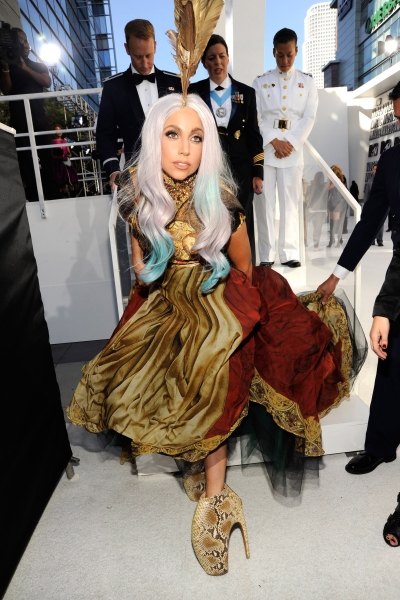
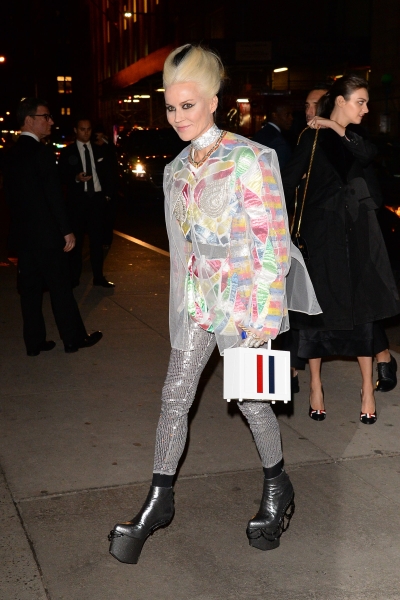
Business Casual: The J.Crew Look Takes Hold
With Jenna Lyons at the helm of J.Crew from 2003 through April 2017, a new look emerged. While it technically didn’t have a name, “the J.Crew look” was easily recognizable. The label produced many of the trend’s components with aplomb. Think: peplum tops, collared shirts, candy-colored bubble necklaces, pastel-colored skinny pants, and knee-length pencil skirts. The foundation of this trend were office-wear classics that were updated in candy colors and restyled with an out-of-office ease: striped T-shirts mixed with belted camouflage jackets, denim button-up shirts layered with bright pink cashmere cardigans, a sparkly necklace peeking out from beneath the collar of a tailored blazer. The aesthetic was adopted as a go-to look for women of all ages, who topped it all off with a sock bun hairdo, naturally.
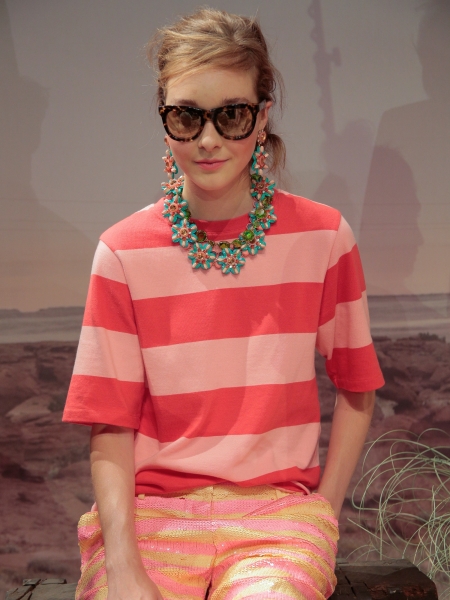
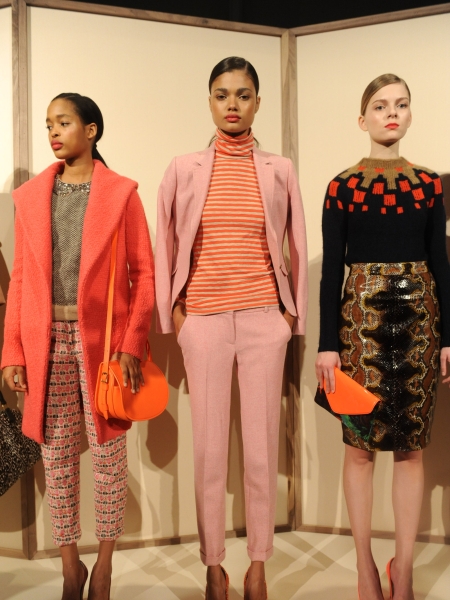
Athleisure for Always: Taking the Yoga out of Yoga Pants
In 2015, Merriam-Webster added the word athleisure to its dictionary. However, the term, which was defined as “casual clothing designed to be worn both for exercising and for general use,” was in use before it was brought into the Merriam-Webster canon of words.
The term was first used in Vogue in an article (“Fashion Pumps it Up” ) in 1995: “The fitness revolution not only wrought better-looking, higher-performance workout wear, it sent sports gear out of the gym, off the hiking trail, into the street, and, recently, onto the runway.”
But it wasn’t used again until 2015, in an article by Hamish Bowles on the launch of Tory Burch’s Tory Sport line.
“Of course, athleisure has lately become a fashion buzzword, a term intended to embrace the kind of clothing that a woman might be able to wear at work, to the gym, and then to dinner. “This didn’t feel like a trend to me,” Tory says of the moment when she noticed that her friends in London were wearing yoga pants with a smart blazer to Cipriani for lunch.”
Burch’s line came at the perfect time. By the 2010s, the term yoga pants was only a suggestion, spandex needn’t ever be sweat in, sneakers paired well with party dresses, and sporty stripes became as classic as a Breton.
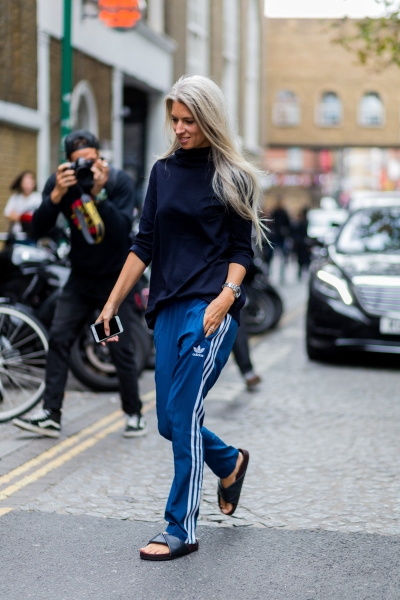
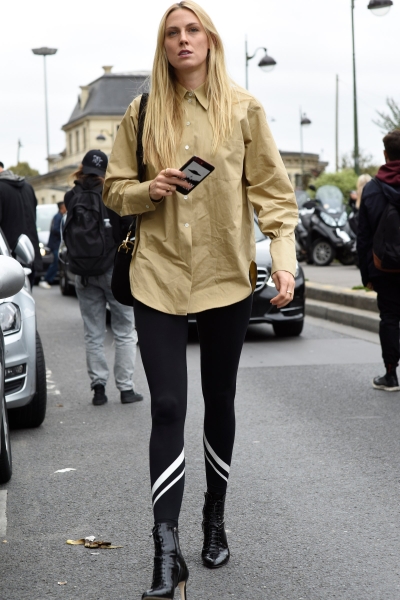
Mad for Collabs: Designers Team Up
By the 2010s, the fashion industry was mad for collabs—the nuttier and zanier, the better. The industry had tired of the obvious high-low collaborations (which can be traced back to 2004, when Karl Lagerfeld partnered with H&M) and it needed to raise eyebrows and get heads scratching in order to stand out even more. Attention spans were shrinking at a breakneck speed due to the volume of available information and entertainment on the internet, and designers learned they could dangle a new shiny (but weird!) collaboration or capsule collection in the public’s faces to hold their attention—even if only for a week or less.
This was not a collaboration per se, but in January of 2011, Givenchy’s then creative director, Ricardo Tisci, sent tees and hoodies printed with the menacing face of a snarling rottweiler. Hard to ignore, these pieces were startling, and beyond that, they were seemingly without reason at all! (What did a rottweiler have to do with the House of Givenchy? Nothing! So random!) Naturally they were a wild success. They were worn by celebrities (Kanye West, Liv Tyler, Kendall Jenner, Rihanna) ad nauseam. It was a turning point. Soon fashion was offering more out-of-the-box merch, and designers and brands often formed collaborations with notable people or other brands to launch them.
In 2017, the world was graced with several: Christopher Kane’s collaboration with Crocs (back then, a persona non grata if brands were people), Supreme x Louis Vuitton, and oddball mash-up with Champion, Juicy Couture, Levi’s, and more for Vetements (then helmed by brothers Demna Gvasalia and Guram Gvasalia). High fashion’s collabs with non-fashion (or unfashionable) brands were like a breath of fresh air. In 2018 came DHL x Vetements. That same year, Balenciaga by Demna Gvasalia introduced World Food Programme x Balenciaga, and Ugg collabed with Y/Project.

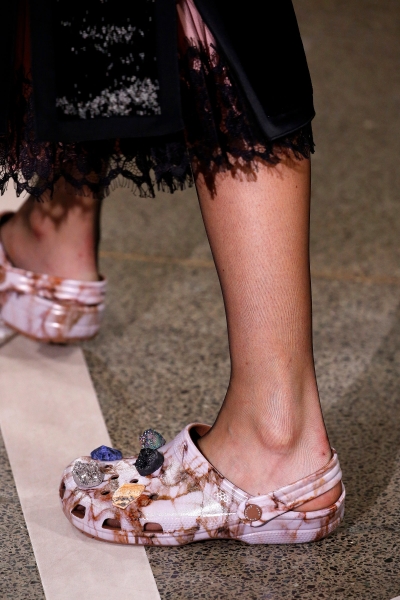
A Return to Maximalism: Geek Chic at Gucci
A slick black dress is sublime, but if an iPhone camera can’t convey the sumptuous simplicity of it all, why bother? Colorful more-is-more dressing looked great for the camera, and the 2010s were all about photogenic dressing.
Within the fashion world, peacocking outside fashion shows in look-at-me outfits became standard practice. Beyond that, Instagram users took to posting their ensembles in #OOTD posts.
No designer represented this trend more than Alessandro Michele, who succeeded Frida Giannini as creative director of Gucci. If Gucci’s ready-to-wear business was born with Tom Ford’s sex-on-a-stick pieces, Michele flipped the house codes on its head, doing granny-chic meets Wes Anderson meets glam rock. Michele’s Gucci was covered up (a chiffon maxi dress topped with a fair-isle V-neck finished with a Peter Pan collar) and intellectually quirky. Michele promoted styling and an outré mix of patterns.
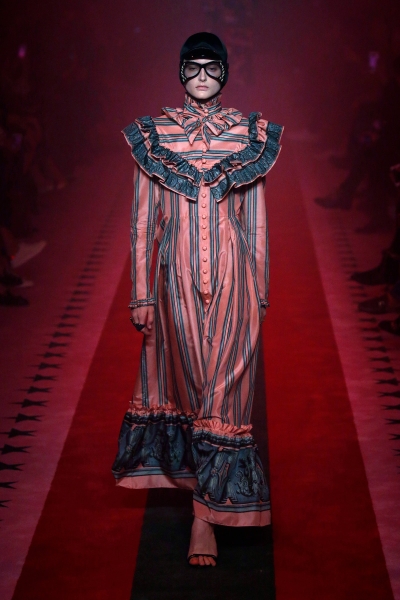
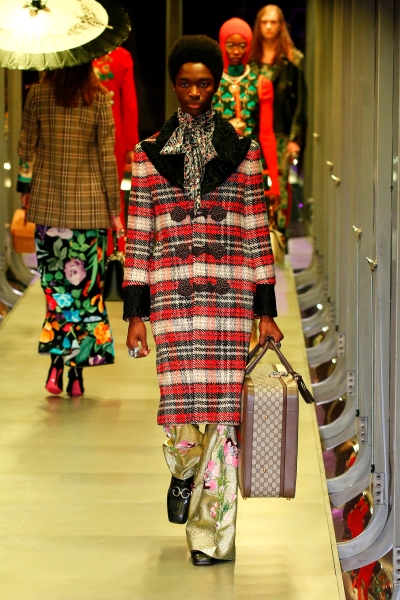
Cool Parents: Mom Jeans Rule, Dad Sneakers Dominate
After the skinny jean craze of the aughts (which peaked when brands started offering them in pastel shades), pants loosened up. Dubbed the mom jean, they were cut with a baggier fit, like a boyfriend jean, but sat higher on the waist; the denim silhouette was a go-to. It was worn to the office, the bar, and everywhere in between.
Meanwhile, so-called dad sneakers broke out onto the fashion scene with a fervor. The unending nostalgia for the ’90s and the decade’s thick-sole white sneaker—like something worn by someone’s unfashionable father—became a fashion item. Demna Gvasalia promoted the style at Balenciaga’s Fall 2017 menswear presentation, which debuted the Balenciaga Triple S Sneakers (named for the three soles layered on top of one another). The clunky shoe inspired countless copycats and ushered in the era of the “ugly shoe.”
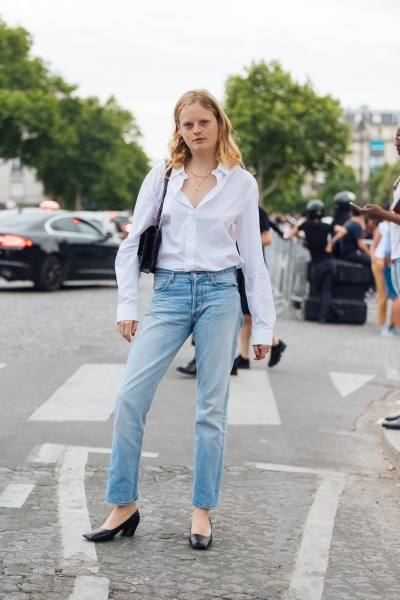
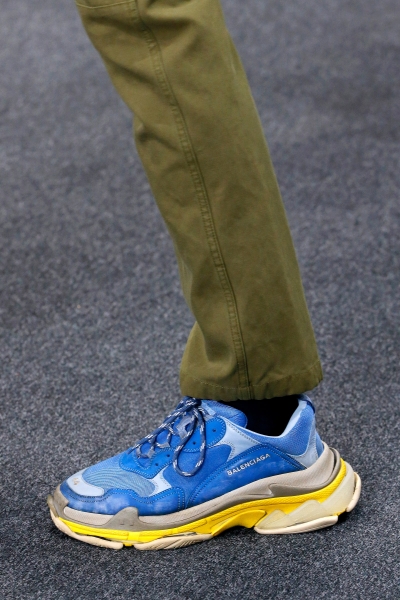
Top Designers of the 2010s
Prada, Bottega Venetta, Loewe, Chloé, Balenciaga, Burberry, Yves Saint Laurent, Marc Jacobs, Versace, Miu Miu, Dolce & Gabbana, Alexander McQueen, Fendi, Tom Ford, Gucci, Martin Margiela, Dries Van Noten, Vivienne Westwood, Comme des Garçons’ Rei Kawakubo, Yohji Yamamoto, John Galliano, Chanel, Oscar de la Renta, Kenzo, Giorgio Armani, Valentino, Michael Kors, Moschino, Alaïa, Lanvin, Roberto Cavalli, Stella McCartney, Viktor & Rolf, Gareth Pugh, Christopher Kane, Rodarte, Phillip Lim, Jason Wu, Jimmy Choo, Christian Louboutin, Nina Ricci, Raf Simmons, Lanvin, Virgil Abloh, Erdem, Jonathan Anderson
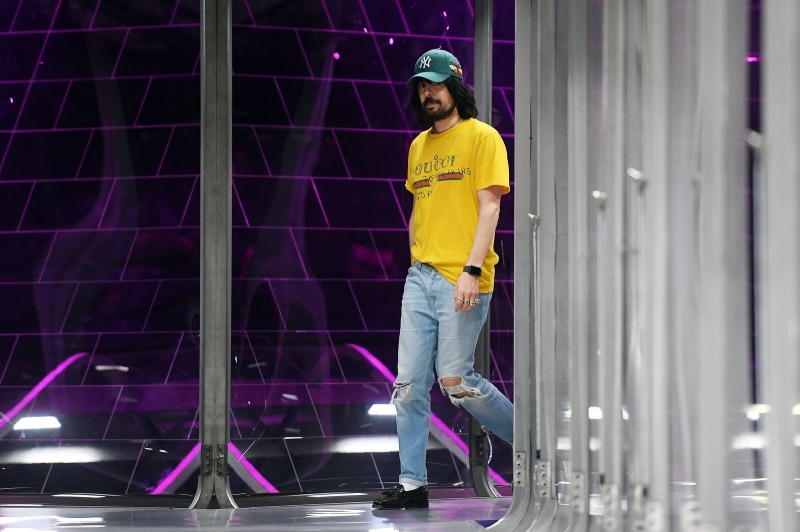
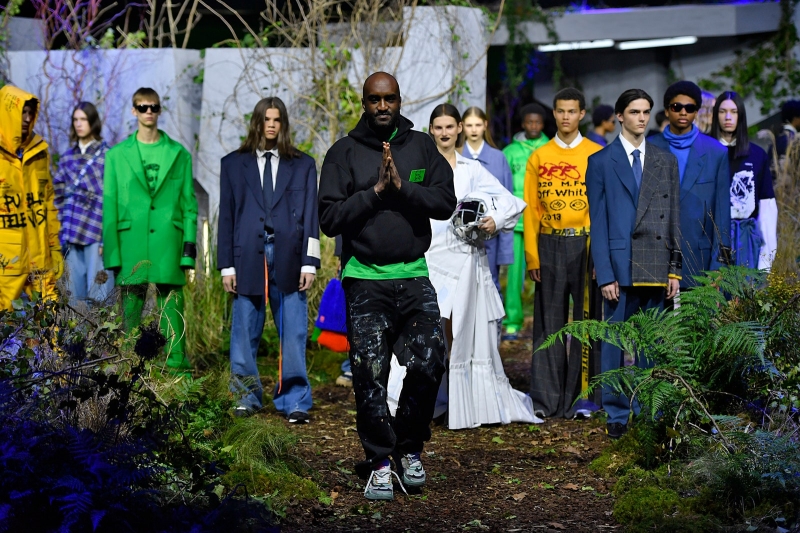
Men’s Trends of the 2010s
The aforementioned women’s trend of “the J.Crew look” of the late aughts and early 2010s was also one in which men fully patrook. For them, there were no peplums or bubble necklaces, but J.Crew’s robust assortment of mid-century suiting in the colors of navy, caramel, and linen. A navy suit worn with brown loafers and colorful socks was the fashionisto’s uniform. The inspiration here can be sourced directly back to Mad Men, which premiered in 2007 and instantly enraptured the world. By 2011, Banana Republic capitalized on the appeal by releasing its own collaboration with Mad Men costume designer Janie Bryant to offer a new collection of 1960s-inspired fashions.
Men not swayed by mid-century swank adopted athleisure and streetwear fashion. Supreme had a chokehold on this generation, inspiring people to queue up for hours for irreverent Supreme-branded merch. By June of 2017, Supreme and Louis Vuitton teamed up; the NYC-based skatewear brand splashed its name all over Vuitton’s iconic pieces and luxury classics. In 2015, the clothing released by Kanye West at his Yeezy Season 2 presentation embraced a minimalist color palette in powdery earthy tones.
By 2018, Virgil Abloh was named artistic director of Louis Vuitton menswear. This appointment cemented streetwear’s role in high fashion. In the late 2010s, and fueled by the collabs from Demna Gvasalia for Balenciaga and Vetements, the decade closed out the fashionable man sporting dad-sneakers and a relaxed tee.
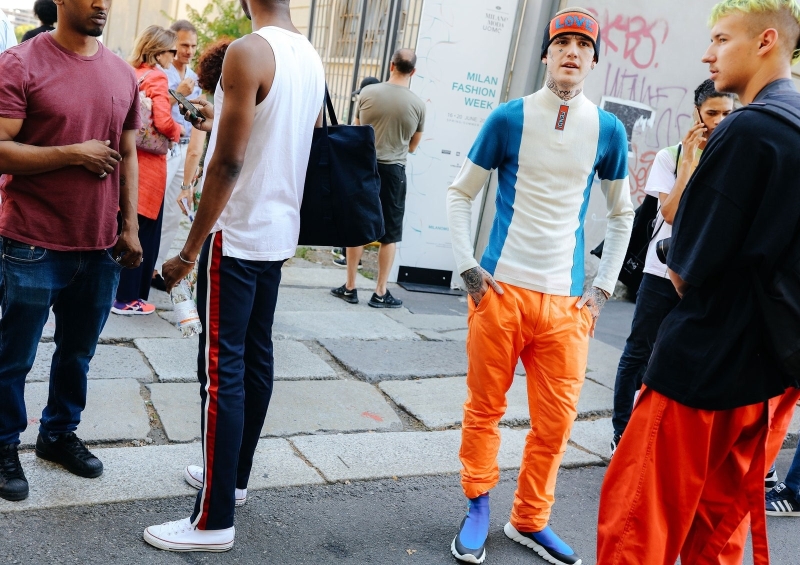
In the Culture
Instagram’s launch in 2010 almost instantly rewired the world. Communication was image-based, and now everything was worth a snap. A slew of “disrupting” tech start-ups (Uber in 2009, Doordash in 2013, Airbnb in 2008), promised convenience and comfort and heralded the rise of a new “gig economy.”
Music-wise, in 2010 Lady Gaga turned up to the VMAs in a meat dress, and in 2013, Miley Cyrus’s twerking VMA performance went viral. In 2016, Beyoncé dropped her visual album Lemonade on an unsuspecting world.
In 2011, Kate Middleton married Prince William while wearing Sarah Burton for Alexander McQueen, just a year after Lee Alexander McQueen tragically passed.
By the summer of 2014, everyone was pouring chilly water on themselves for the Ice Bucket Challenge to raise awareness for ALS. In 2016, Hamilton arrived on Broadway and the world fell for the historical hip-hop era.
In 2015, a racial reckoning in the entertainment industry took hold as the hashtag #OscarsSoWhite trended. Two years later, sexual misconduct in Hollywood (and elsewhere) was given attention with the #MeToo movement and revelations against Harvey Weinstein.
TikTok launched in 2017, helping to birth the 2019 hit “Old Town Road,” which was the earworm of the decade.

